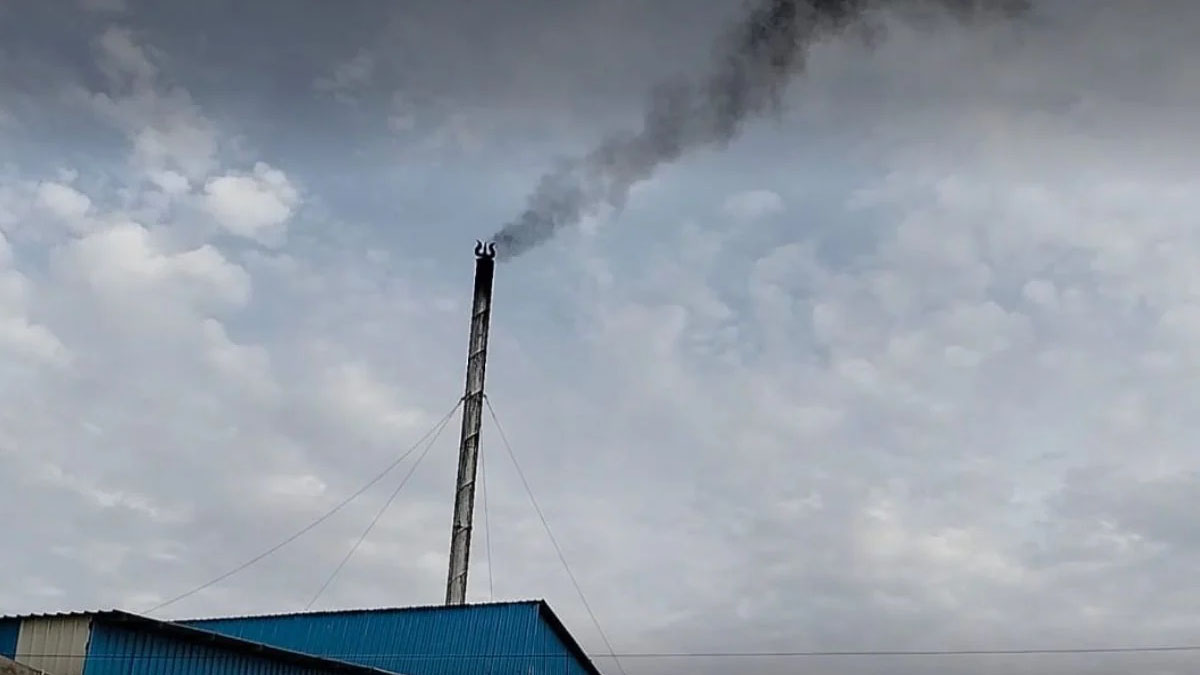
Nearly 2,000 Children Die Daily from Air Pollution-Related Health Issues: Report
Nearly 2,000 children die each day due to health problems associated with air pollution, making it the second leading risk factor for early death worldwide, according to a new report released Wednesday by the U.S.-based Health Effects Institute (HEI).
The report reveals that air pollution contributed to the deaths of 8.1 million people globally in 2021, accounting for approximately 12 percent of all fatalities. This surpasses the mortality rates linked to tobacco use and poor diet, positioning air pollution behind only high blood pressure as the most significant risk factor for premature death.
Particularly vulnerable to air pollution are young children, with more than 700,000 deaths of children under five attributed to air pollution in 2021. Of these, over 500,000 were due to indoor cooking with dirty fuels such as coal, wood, or dung, predominantly in Africa and Asia.
“These are problems we know that we can solve,” Pallavi Pant, HEI’s head of global health, told AFP.
Profound Impact on Future Generations
The report, created in partnership with the U.N. Children’s Fund (UNICEF) for its annual State of Global Air report, indicates that nearly every individual worldwide breathes unhealthy levels of air pollution daily. Over 90 percent of these deaths are associated with fine particulate matter (PM2.5), tiny airborne pollutants measuring 2.5 micrometers or smaller. PM2.5 exposure is linked to increased risks of lung cancer, heart disease, stroke, diabetes, and other health conditions.
Despite the alarming statistics, Pant suggests the report might still underestimate air pollution’s full impact, not accounting for potential effects on brain health, neurodegenerative diseases, or the impact of solid fuels used for heating.
Additionally, ozone pollution, expected to worsen with climate change, was responsible for nearly 500,000 deaths in 2021. The report highlights that extreme weather events, such as wildfires, dust storms, and heatwaves, can exacerbate air pollution and elevate ozone levels.
Solutions and Improvements
Pant emphasizes the overlapping solutions for combating both climate change and air pollution, notably through reducing greenhouse gas emissions. Significant progress can also be made by addressing the use of dirty solid fuels for indoor cooking. China, for instance, has made considerable advancements in this area, which has contributed to a more than 50 percent reduction in the mortality rate of young children from air pollution-related issues since 2000.
In May, the International Energy Agency announced $2.2 billion in pledges from governments and companies to improve access to safer cooking methods, further aiming to reduce the health impacts of indoor air pollution.
The HEI report draws on data from over 200 countries and territories, sourced from the Global Burden of Disease study by the Institute for Health Metrics and Evaluation. UNICEF’s Kitty van der Heijden stressed the urgency of addressing this crisis, stating, “Every day almost 2,000 children under five years die because of health impacts linked to air pollution. Our inaction is having profound effects on the next generation.”













Comments